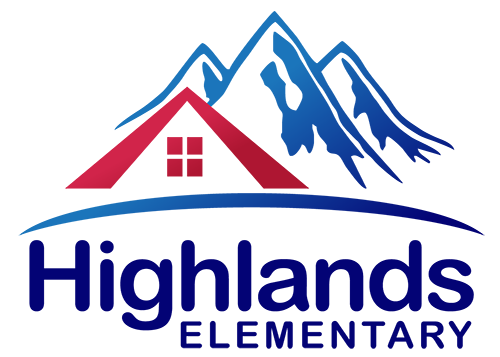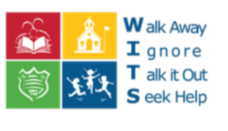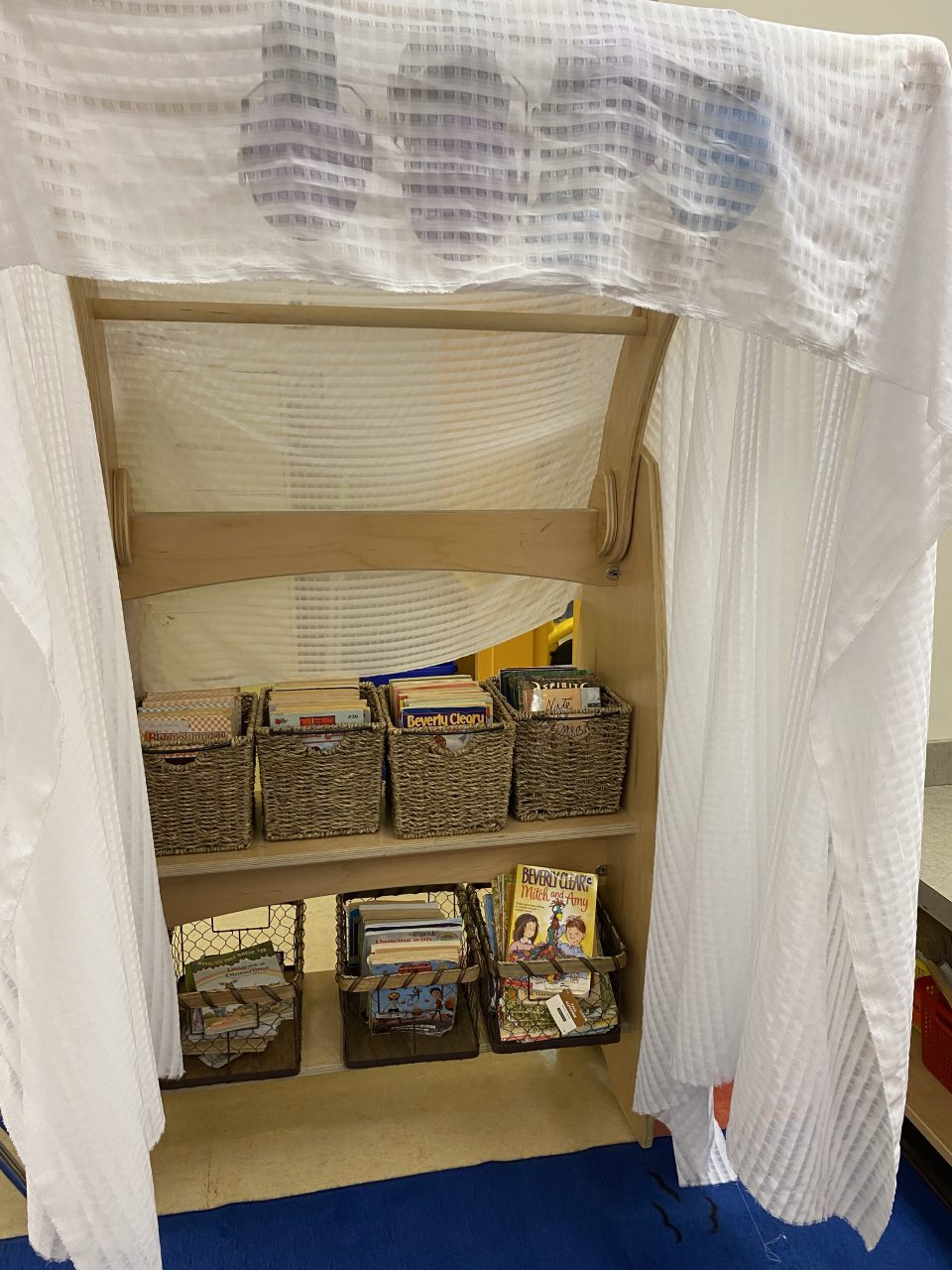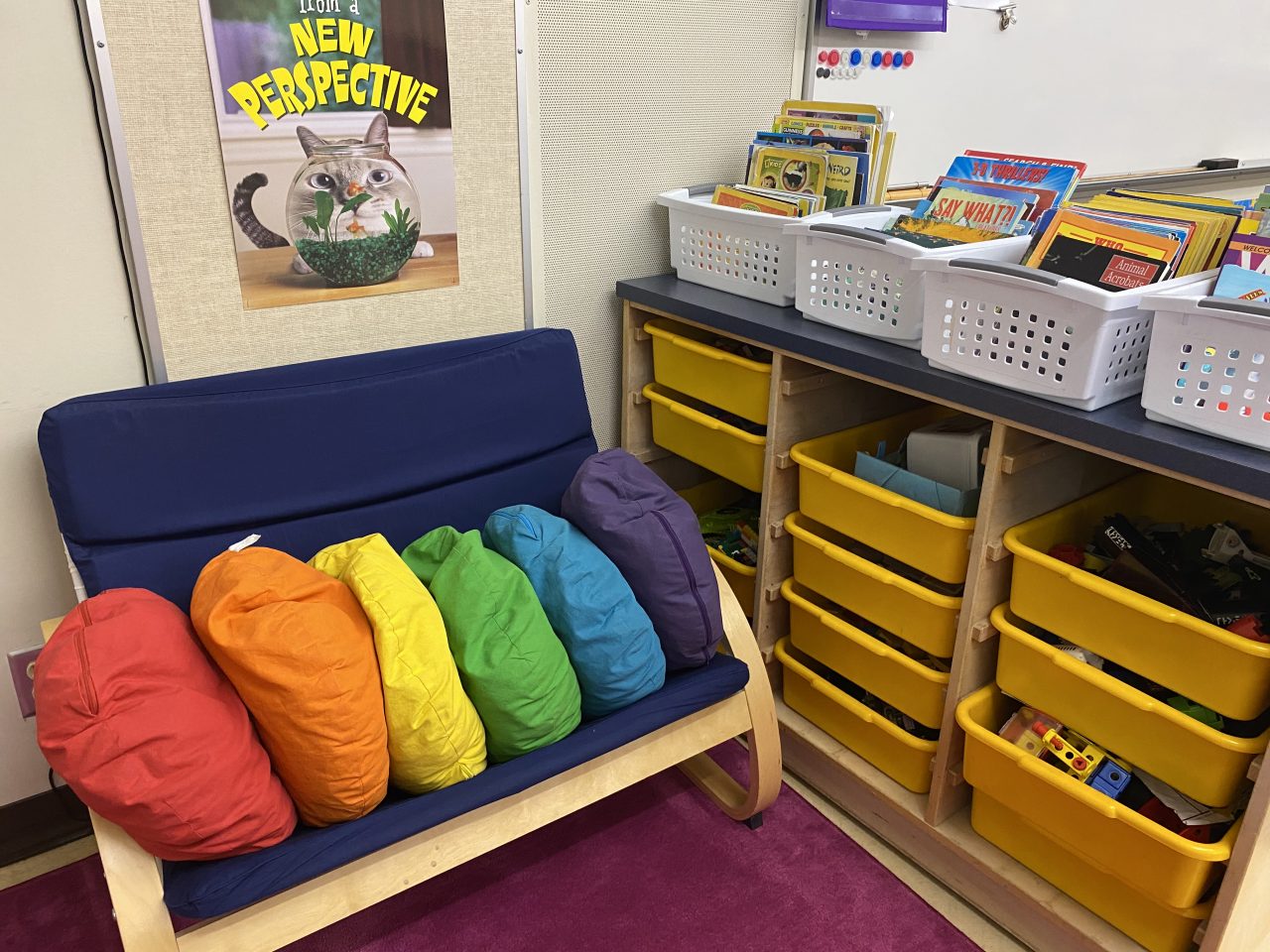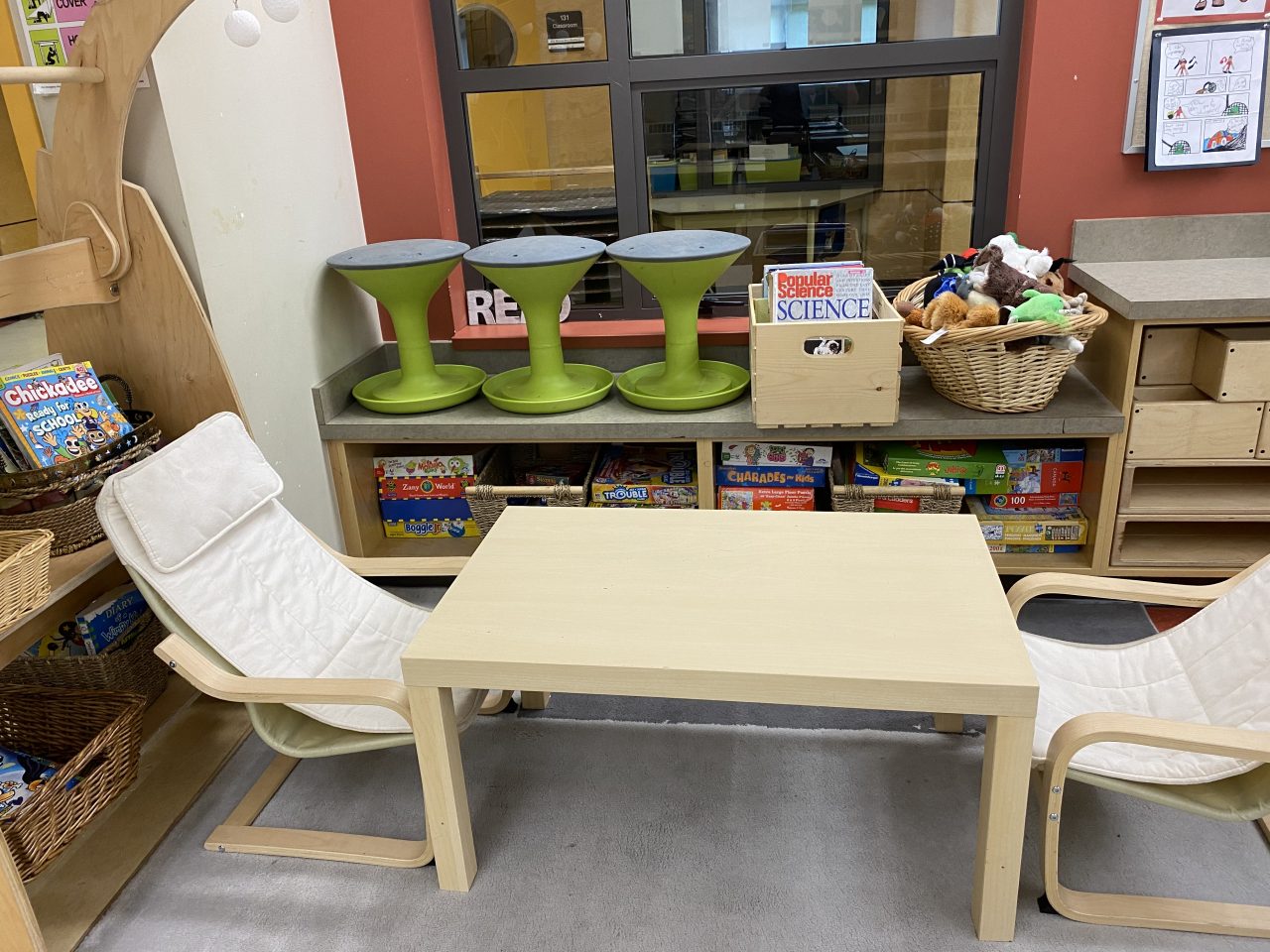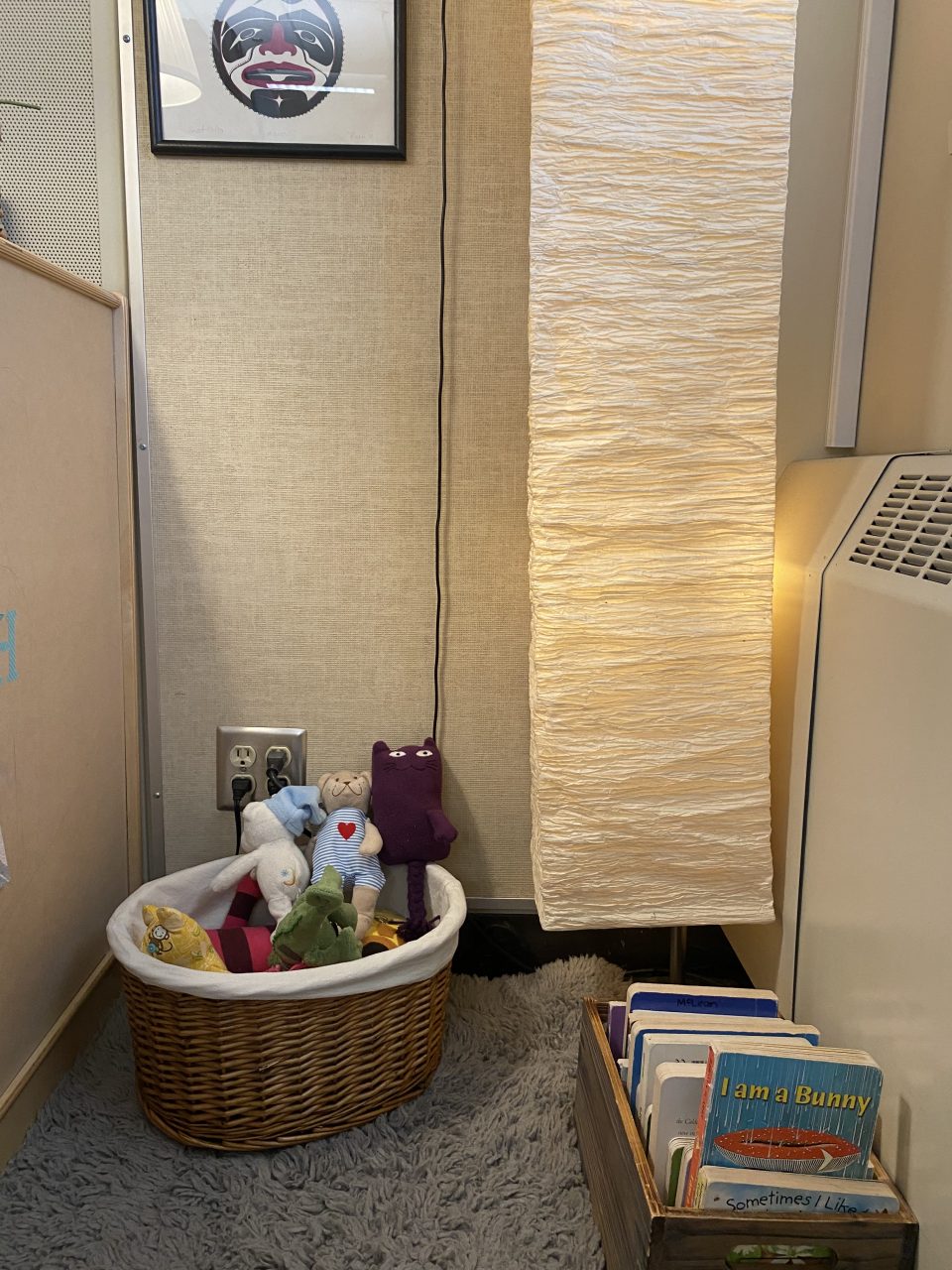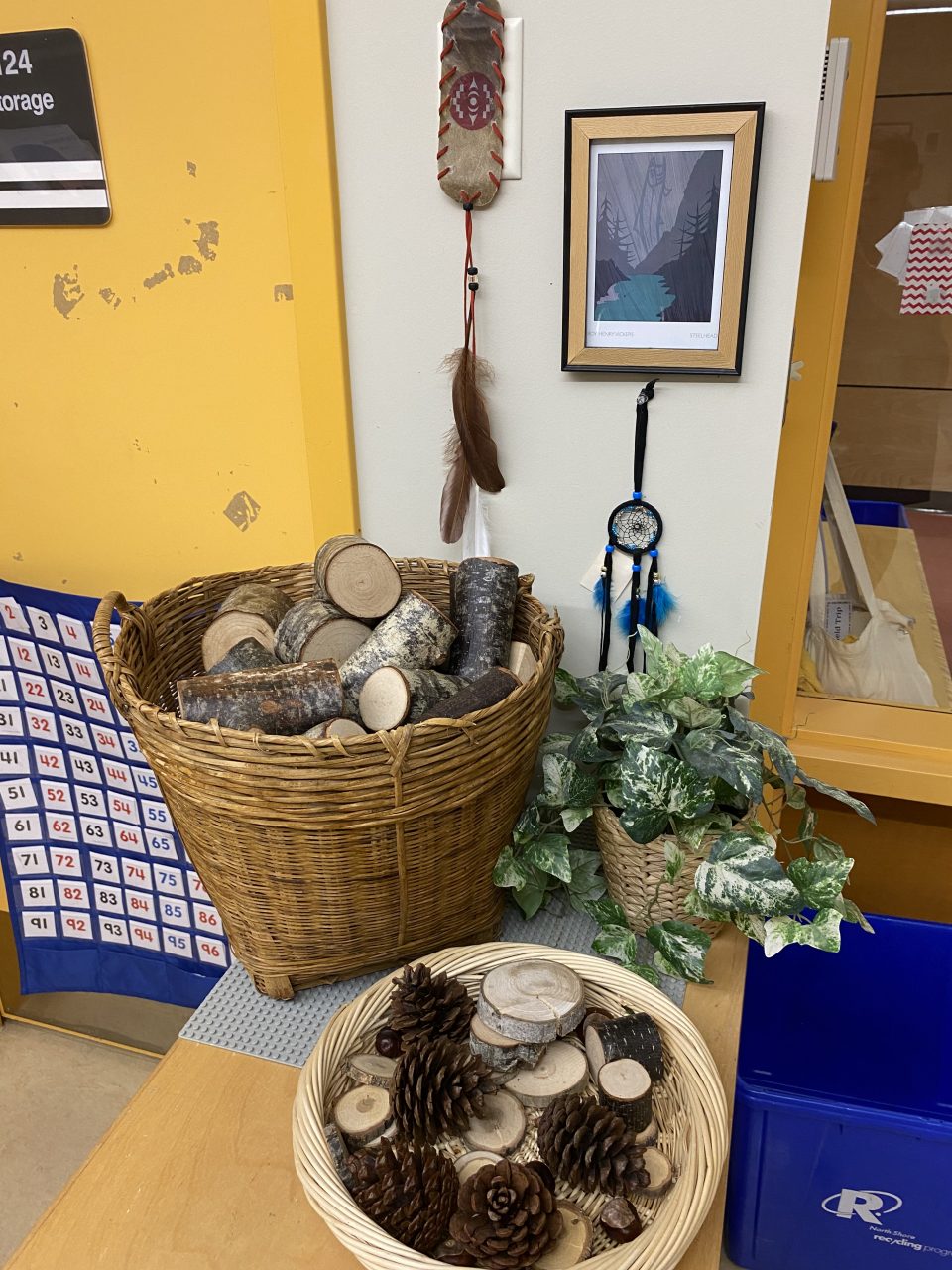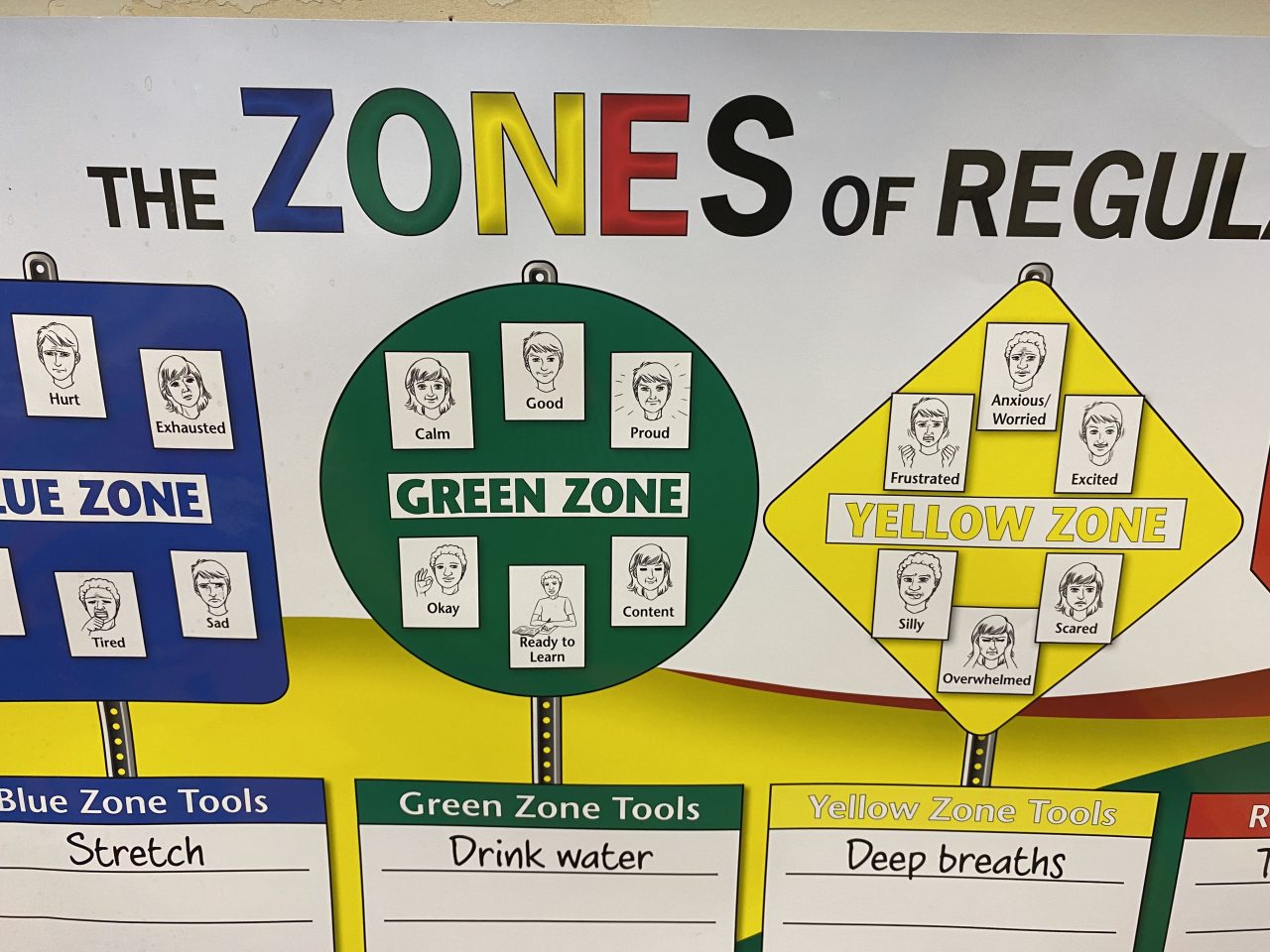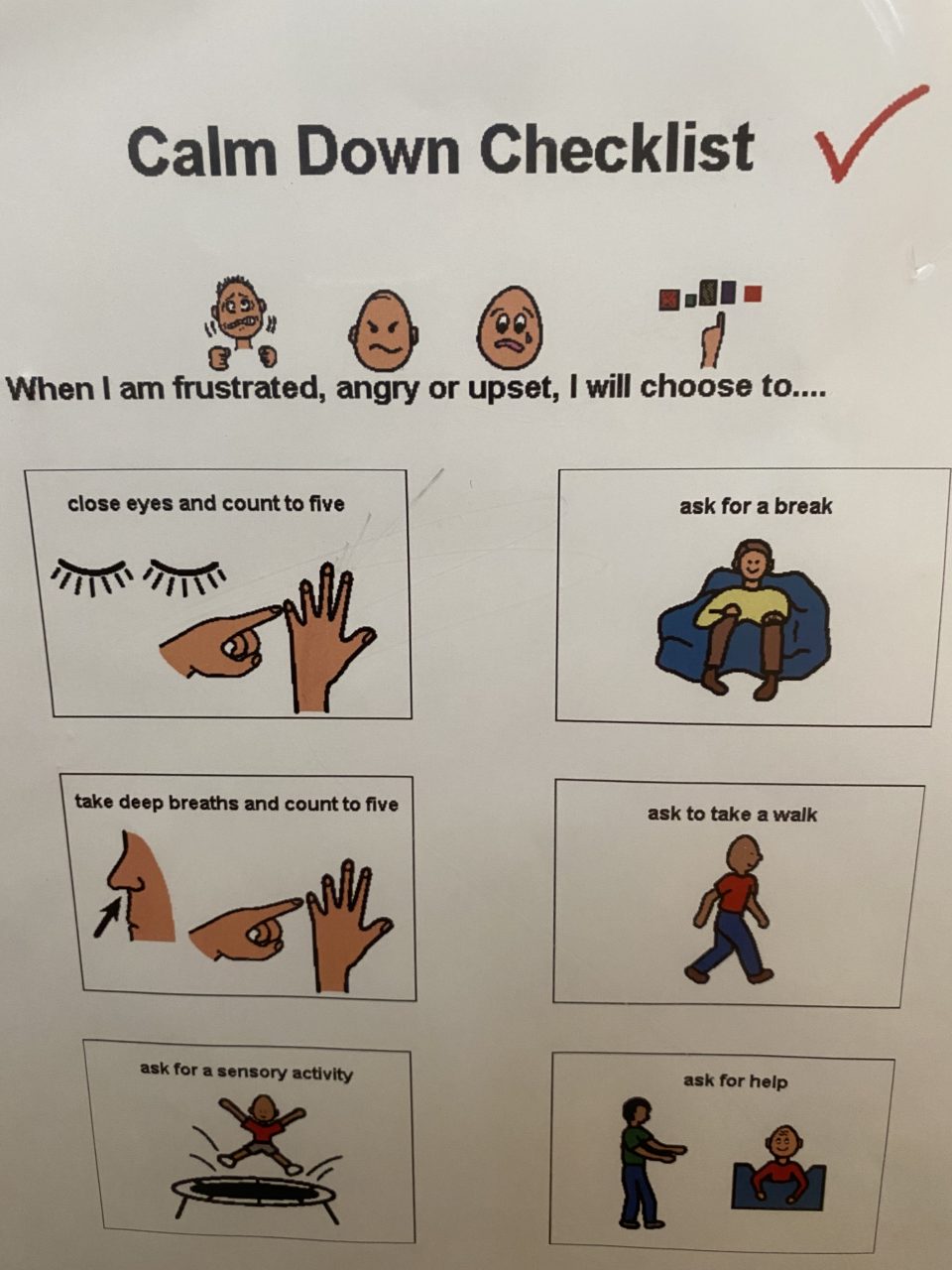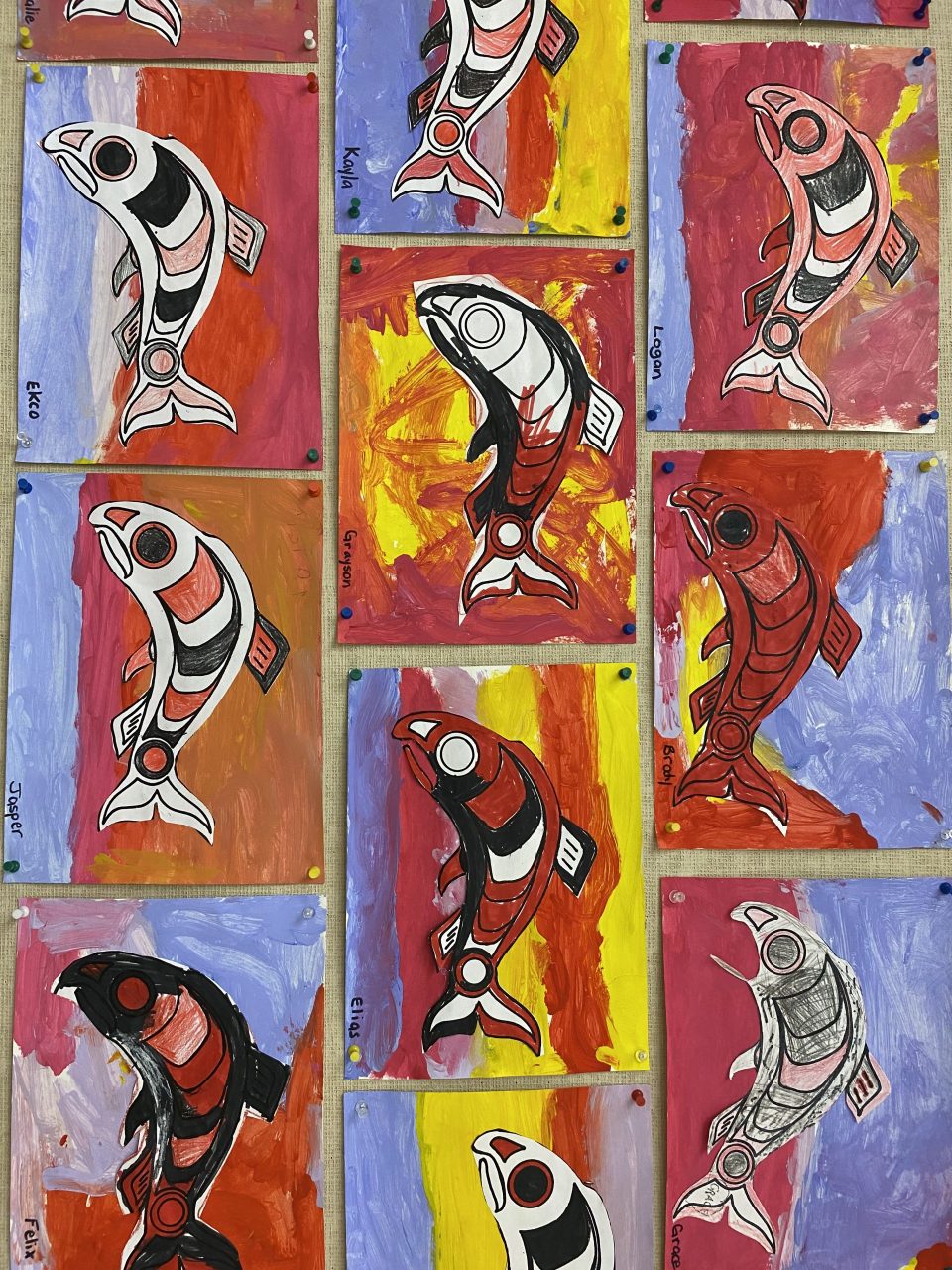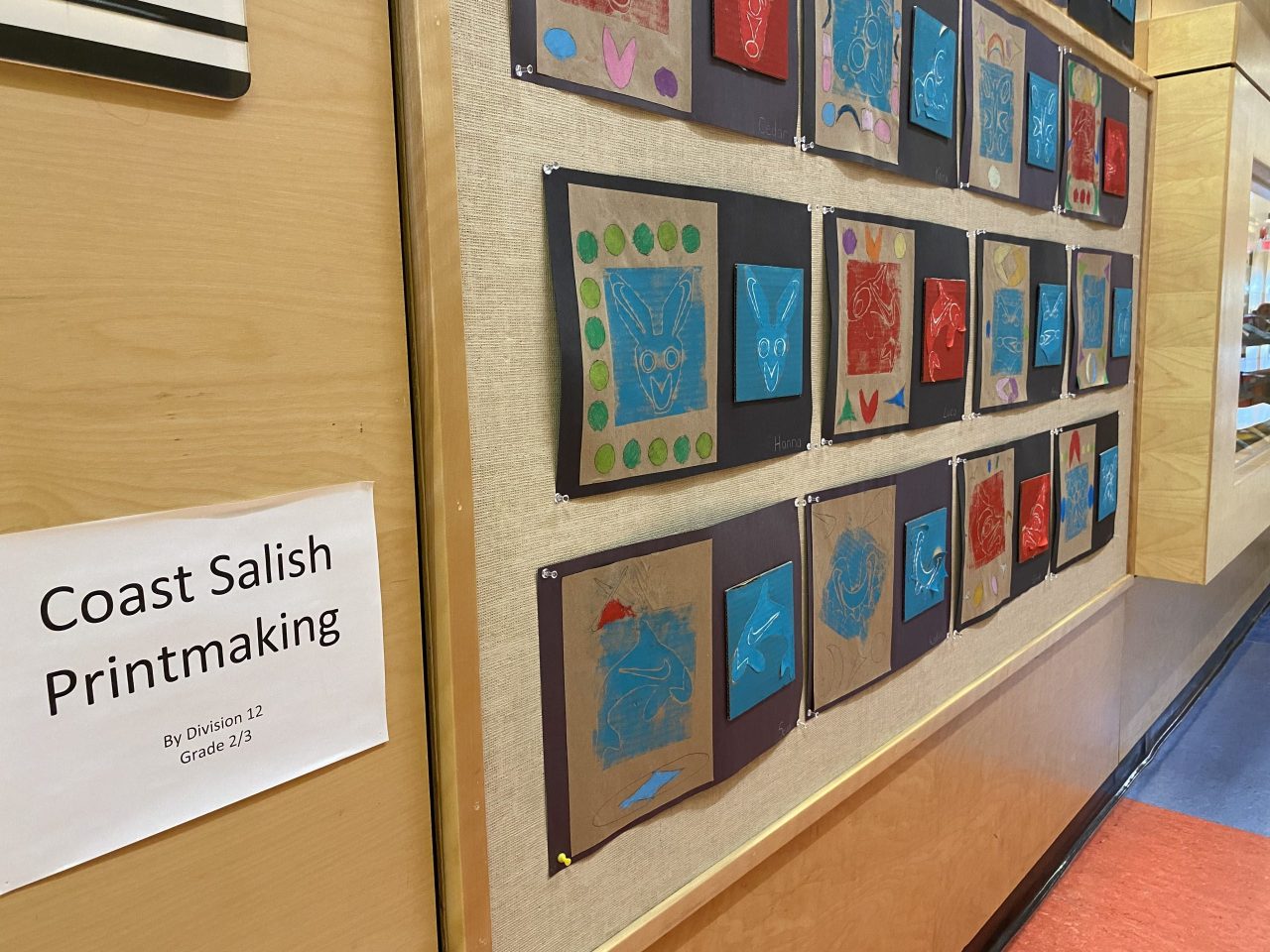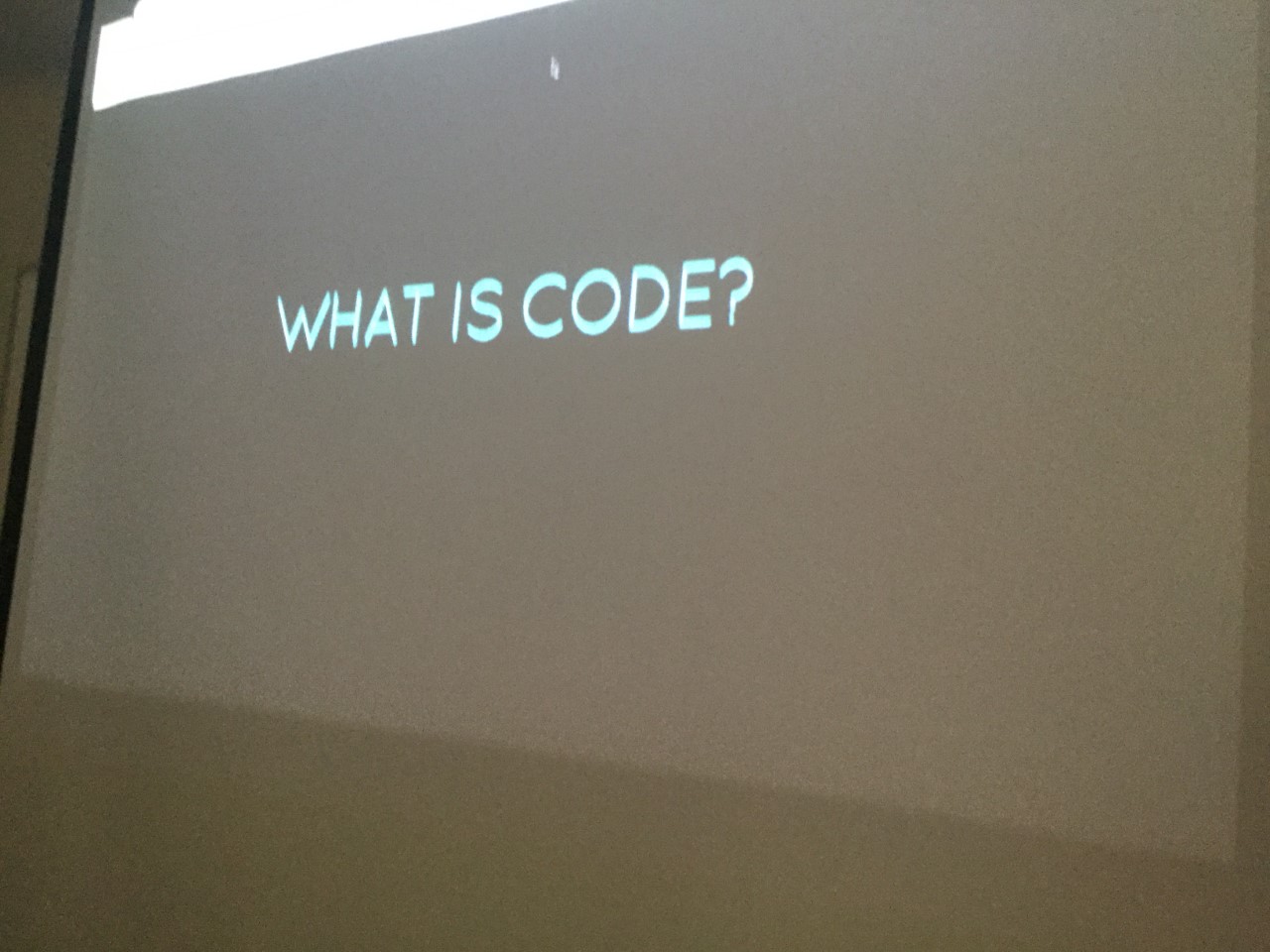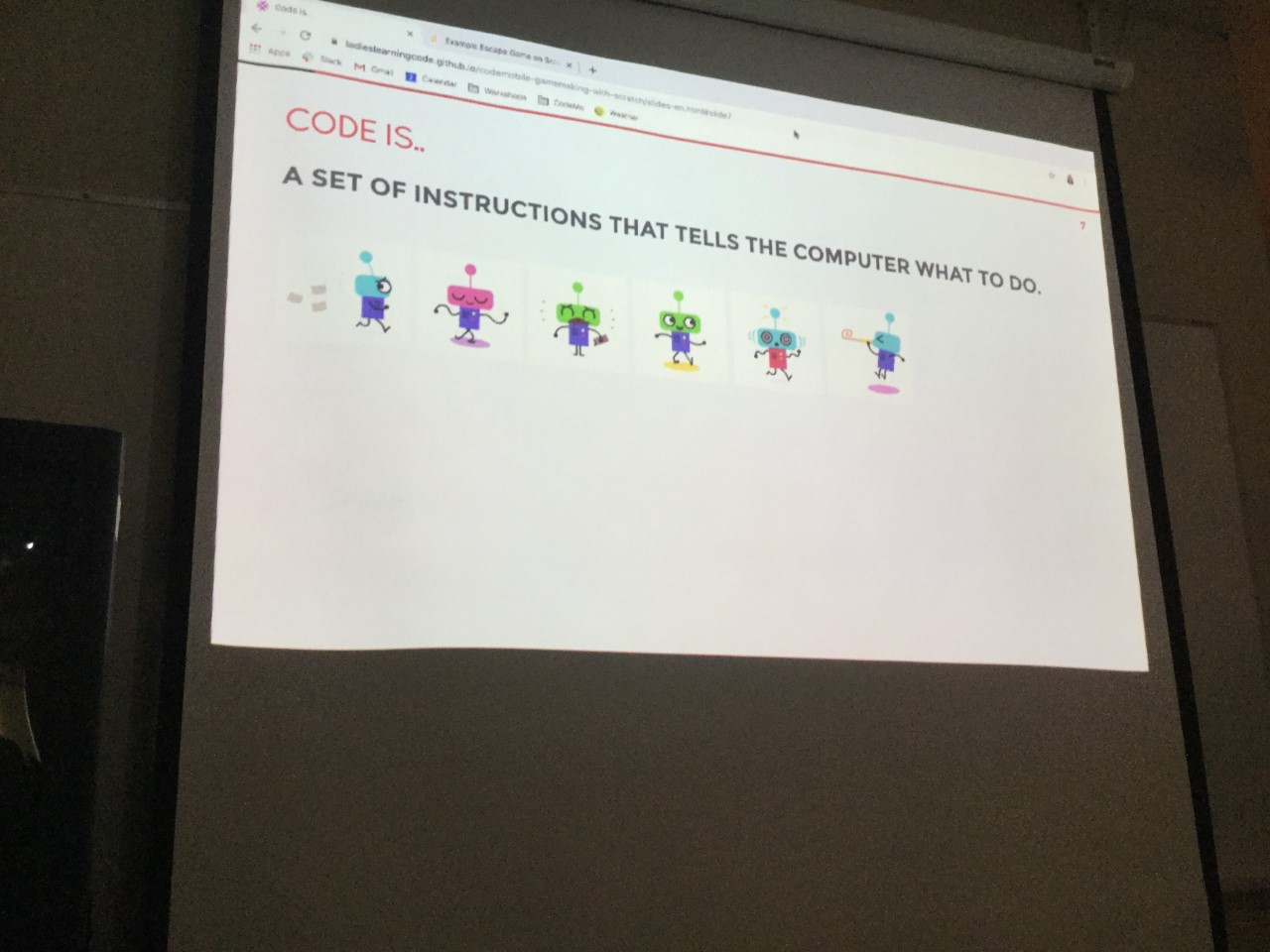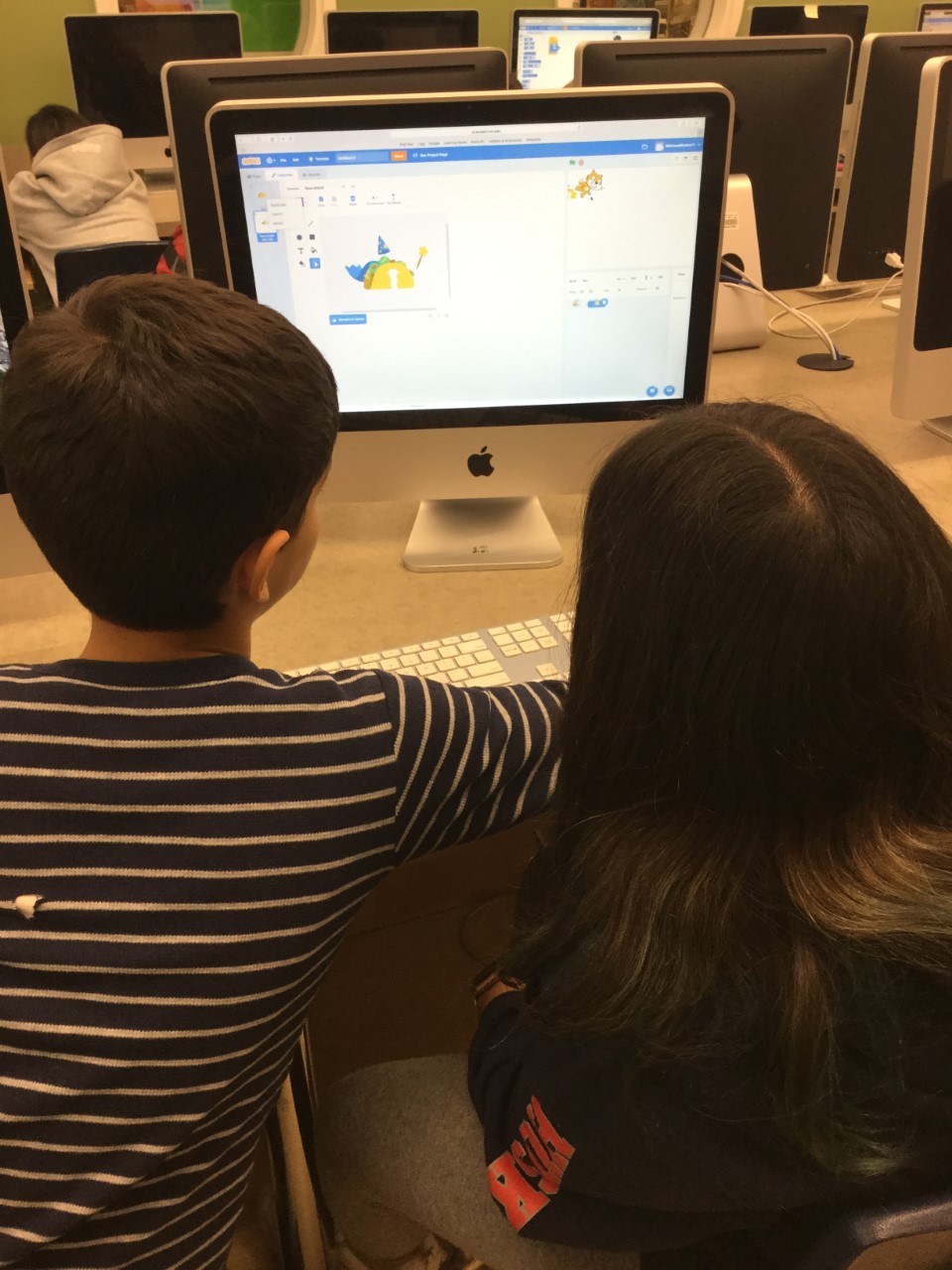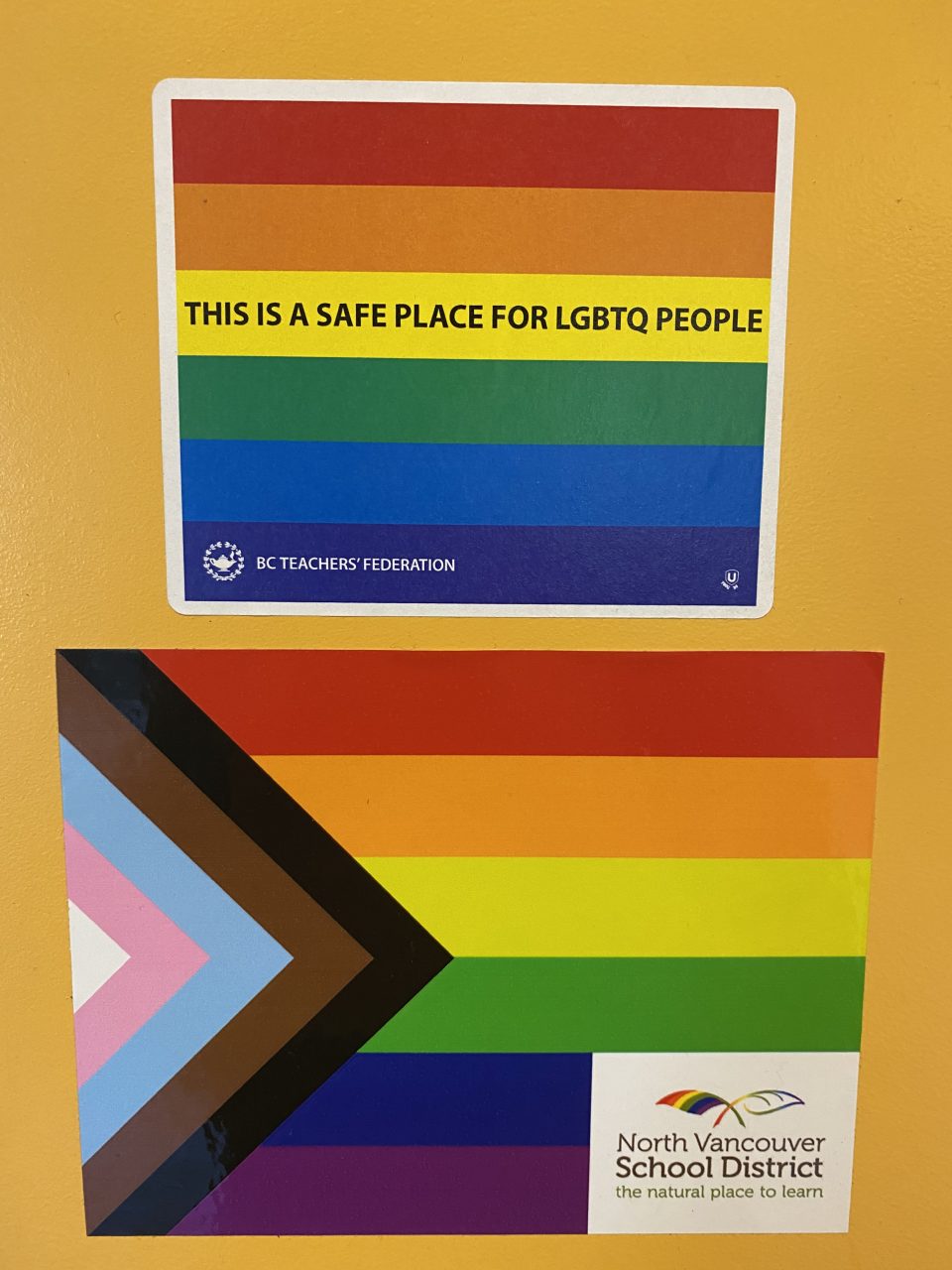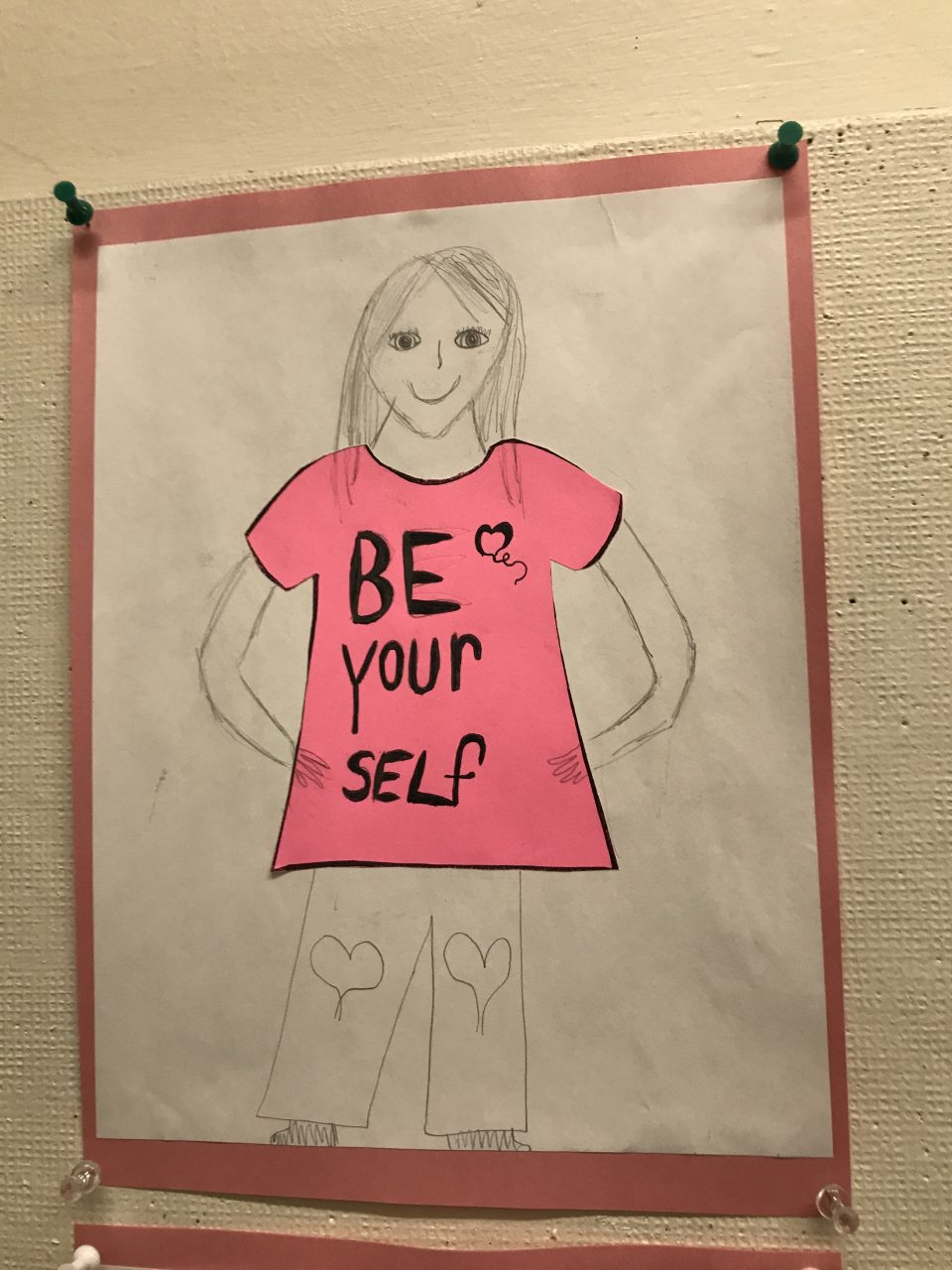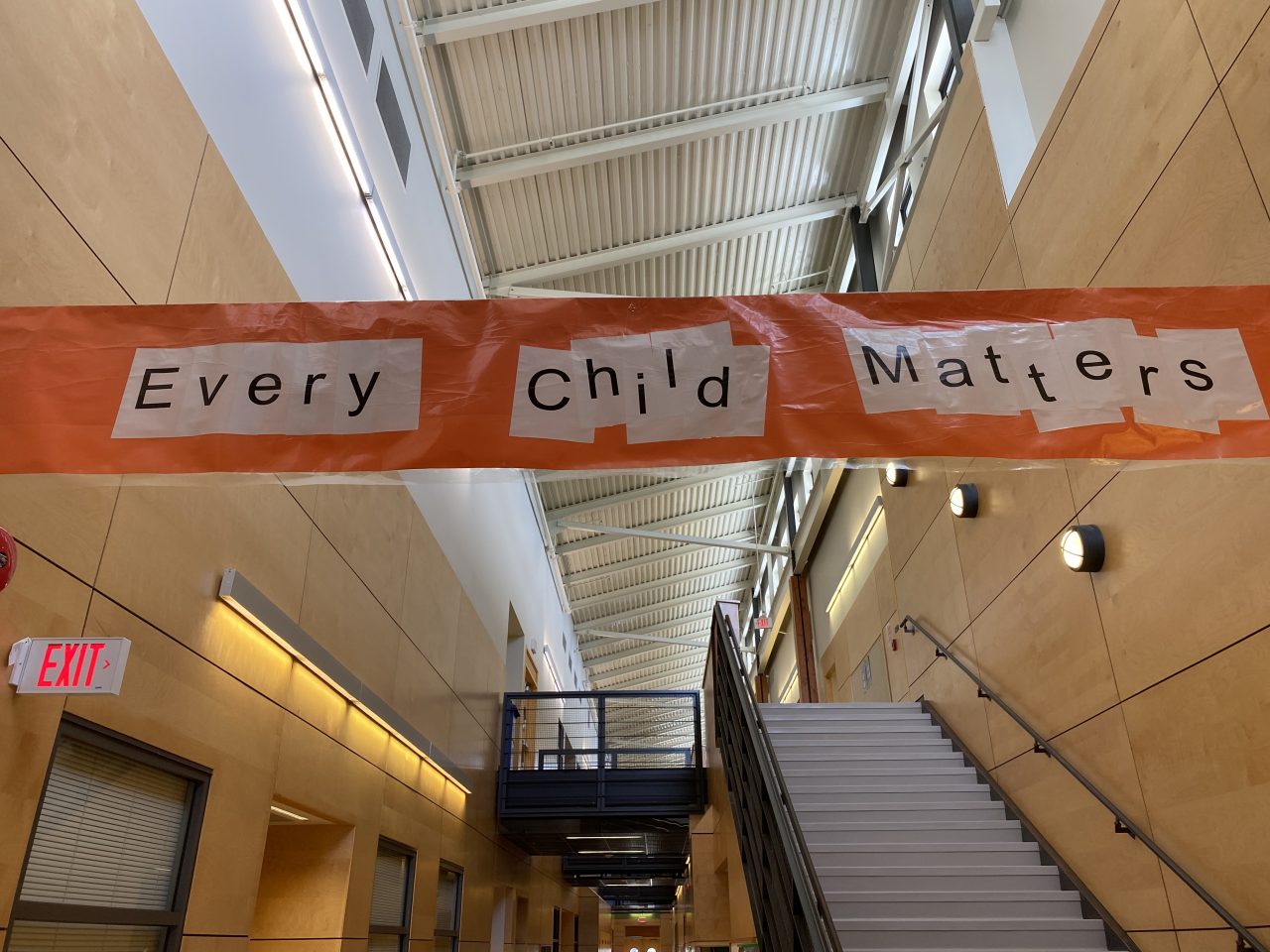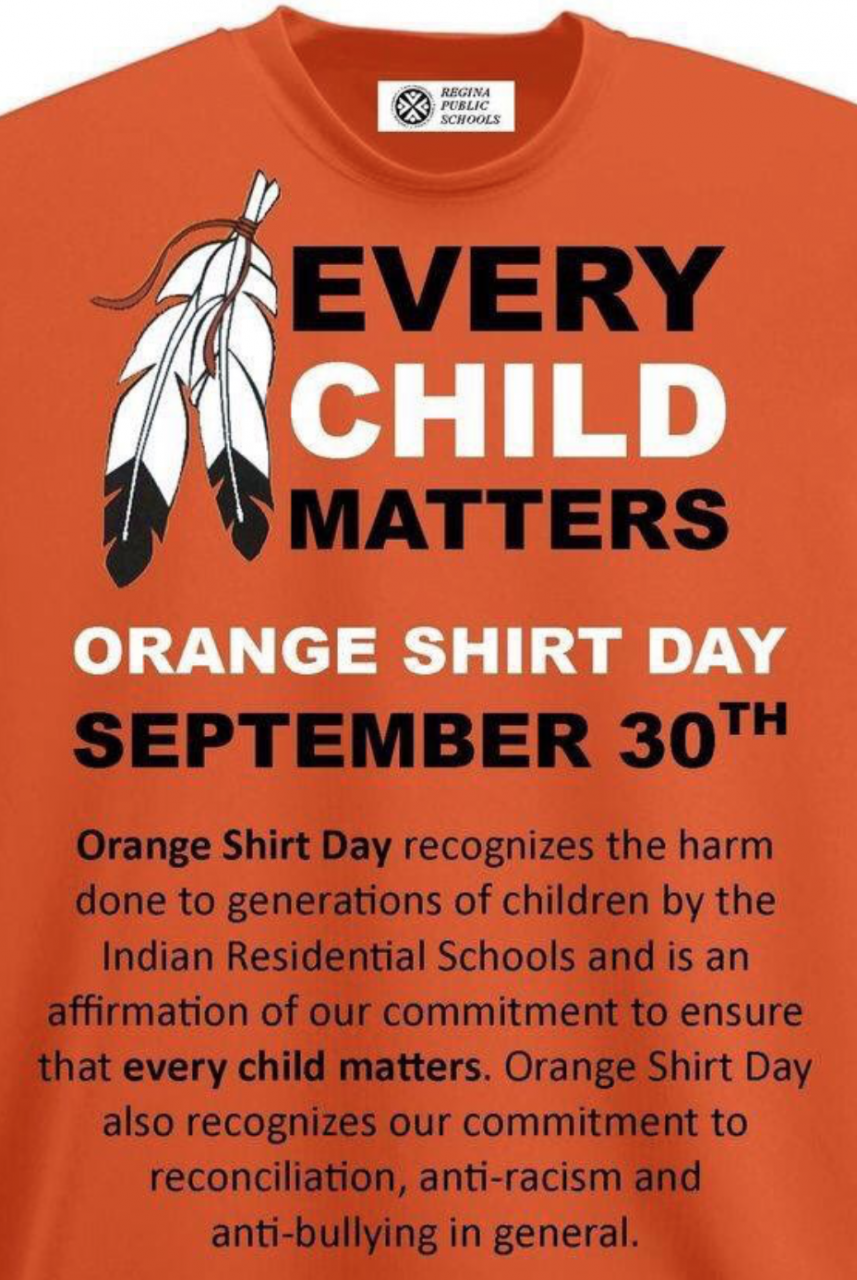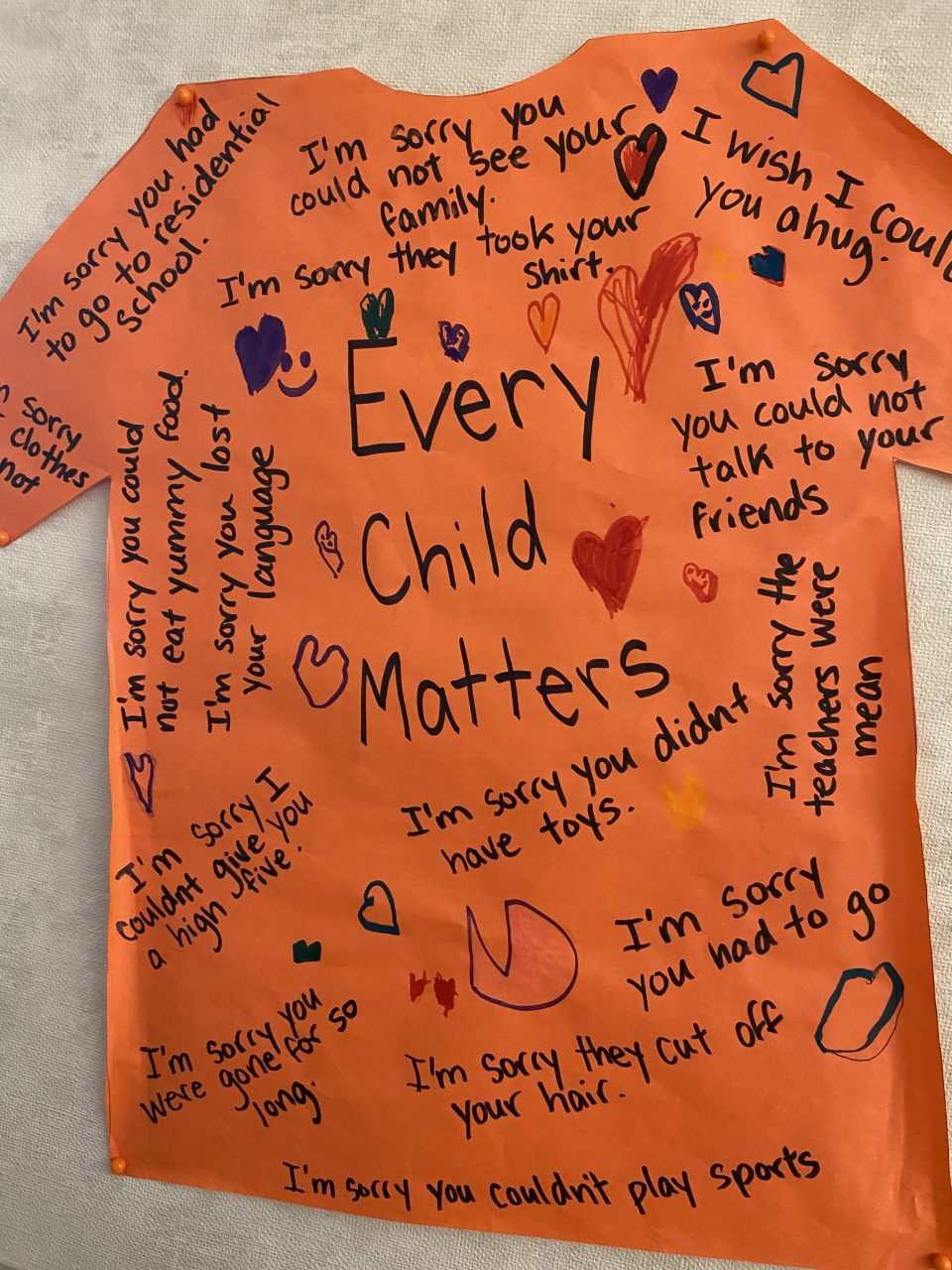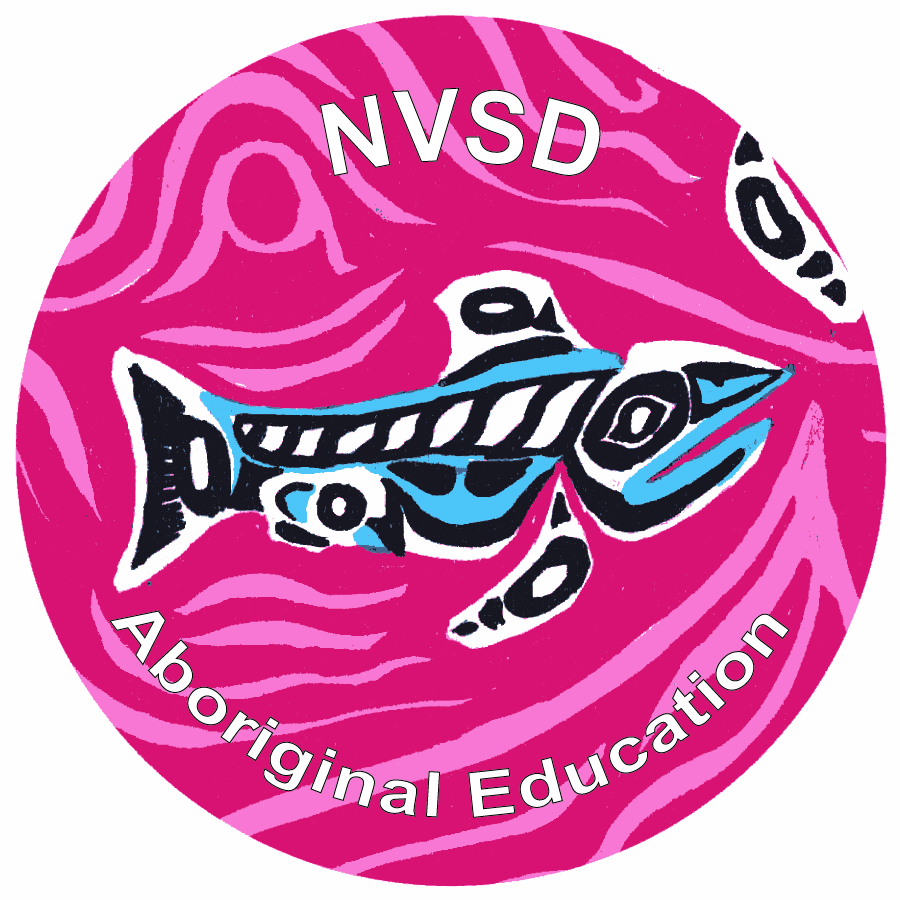Vision to Goal Setting
What is our Vision for Learning?
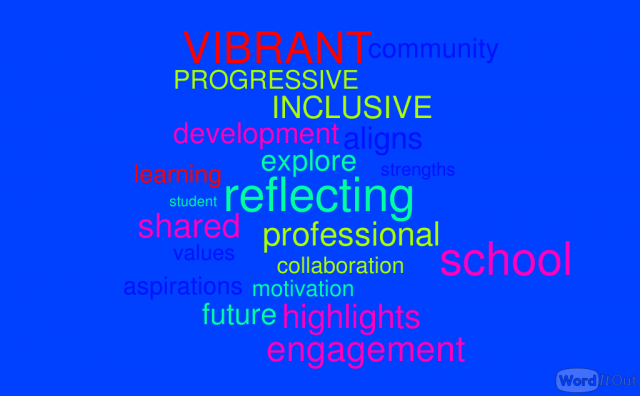
At Highlands Elementary School our goal is to foster a VIBRANT, PROGRESSIVE, INCLUSIVE community where students want to learn, people want to work, and families want to be engaged.
We are a community of learners – students, staff and families – working together to provide a respectful, responsible and caring environment where all learners can meet their full potential.
At Highlands we work as a team to identify the strengths of our school and explore areas for further development to enhance everyone’s learning experience. We’ve chosen three areas to focus on over the next three years:
An evolving learning environment that meets everyone’s needs includes a focus on Social Emotional Learning (SEL), Zones of Regulations, and enhanced learning spaces for all.
An inspiring academic environment for all learners includes a focus on Science, Technology, Engineering, Art & Math (STEAM Inquiry).
An embracing, respectful environment that is alive and well includes a focus on Sexual Orientation Gender Identity (SOGI) and Indigenous Education.
The visioning process encompasses reflecting on our core mandate and purpose, articulating our guiding beliefs and shared values, and goal-setting for a preferred future. At Highlands Elementary School, we envision a school-based engagement process that highlights the strengths in our school community while identifying areas for future focus and development. Our three-year plan identifies our current school strengths and aligns these with our aspirations for student learning. Highlands staff acknowledge that we work well together, whether through professional-development, primary and intermediate teams, collaboration time, extra-curriculars, etc. However, staff also recognize that we need to narrow our focus and go deeper – for ourselves, our students and our families. Trusting the strong systemic structure already in place, there is an increased willingness and motivation to explore and further develop together, as a community.
Planning & Implementation
What is our Action Plan?
Once goals have been identified, an implementation plan is developed that highlights strategies, activities, professional resources, and opportunities for professional development.
At Highlands Elementary School, we have identified three foci that will be advanced through specific programs addressed in our 2019/2020 school calendar. Initially, team members completed a self-reflection, “Assessing the Vibrant Learning Community,” which led to seven questions brought to the entire staff for input:
- How would you describe our school culture?
- When we walk down the hallways of the school and into our classrooms, what is on display? What does this tell us about our school values? History? Traditions?
- What is working well in our school classrooms?
- What makes a great school?
- If we could change one or two things to enhance our school culture and community, what would they be?
- How can we build on the strength of our learners, staff and community?
- How do we facilitate a culture of personalized learning involving student choice, engagement, inclusion and differentiation?
Using all of the information gathered, the tea analyzed the results and feedback and crafted our new school goal, which isn’t really anything “new” but a restructuring of what we have already been doing. Our newly structured plan had such wide-spread buy-in that it only made sense to start immediately! Thus, staff
Monitor Evaluate & Adapt
What are our Indicators of Progress?
Is our work making a positive difference for students? The plan developed by the school community should clearly outline how progress on each goal will be monitored and evaluated. Schools can use many diverse indicators depending on the nature of the goal and the type of progress the school wishes to focus on.
At Highlands Elementary School the primary, intermediate and CUPE teams will participate in term evaluations that reflect back on the work accomplished each term and project forward the next steps required to keep the plan moving towards goal completion. Term evaluations will precede school team work sessions allowing for the team to gather qualitative data three times per year in order to enable “iteration” and “project tuning” throughout the school planning cycle.
Communicating Progress
How do we Communicate our Progress?
The school planning process is intended to support an ongoing dialogue within the community of learners to promote understanding, respect, and shared values. An important feature within a community of learners is continual communication about what we value most. The first year of Highlands three-year plan will focus on implementing our year-one calendar with pre-scheduled staff dialogue, development and reflection. Simultaneously we will be establishing venues for student and community input. Work accomplished related to our goal, and any progress being made towards meeting our goal will be highlighted in a variety of ways:
Community Newsletters
Daily Morning Announcements
Staff Collaboration and Whole-Staff Term Meetings
School-Based Professional Development
The most effective way for our school to communicate our progress will be through regularly, and intentionally, sharing our on-going story.
Latest Progress & Updates
Play our NEW School Song while you read our up-date!
Social Emotional
September 25 Staff Collaboration Time and September 27 school based ProD provided all staff an opportunity to learn more about the options at their grade and others including EASE, Mind Up, Personal Safety Programs, Roots of Empathy, Second Step, SOGI, Zones of Regulation.
Focusing on self awareness / self management, a commitment was made to implementing Personal Safety Programs annually and to EASE Training on the November 29 School Based ProD. EASE was implemented school wide Term 2.
A Highlands nine person SEL Committee was formed with representation including teaching / non-teaching, enrolling / non-enrolling staff and administration. Experienced staff coached and mentored others in classroom implementation of SEL programs as part of school wide banding.
A parent who had attended DPAC presented to HPAC.
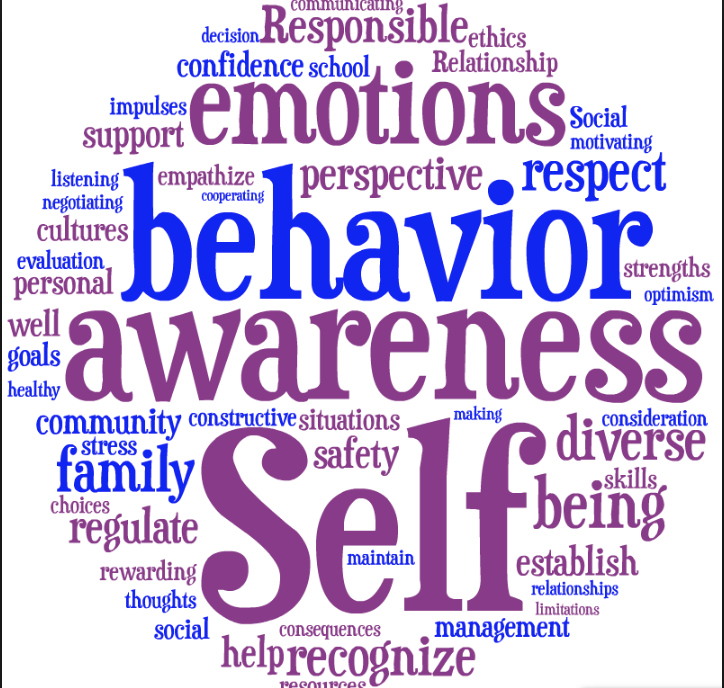
Inspiring Academics
When it comes to art, it goes beyond aesthetics. The A includes the liberal arts as well, meaning language arts, social studies, physical arts, fine arts, and music.
STEAM aims to strengthen the foundations of STEM by helping students enhance their critical thinking skills and recognize the intersection of art, science, technology, engineering, and math. Resources for Current & Future STEAM Educators.
Retrieved from http://www.alleducations.com/resources/steam-education/

